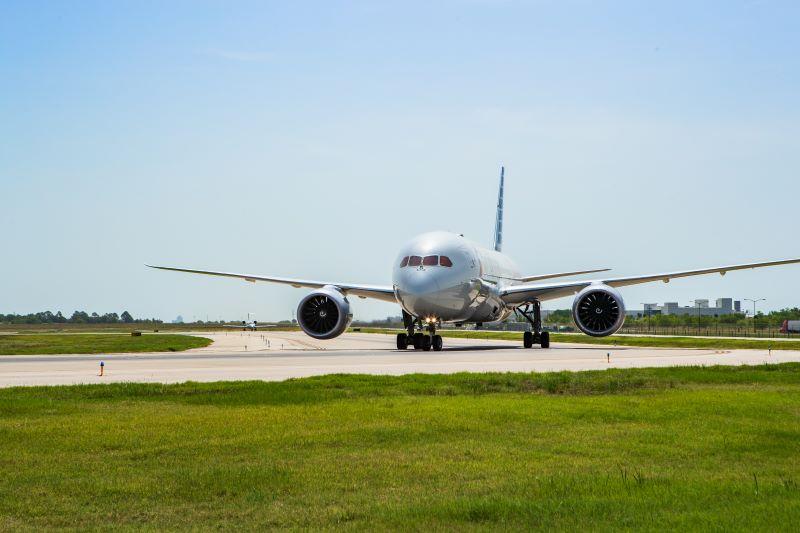Report Identifies U.S. Air Traffic System Improvement Opportunities

Credit: Dallas Fort Worth International Airport
Improving U.S. National Airspace System (NAS) safety and efficiency requires short- and long-term commitments in four broad areas, including several new data-focused programs designed to improve predictive risk reduction, a special review team found. The FAA National Airspace System Safety Review...
Subscription Required
This content requires a subscription to one of the Aviation Week Intelligence Network (AWIN) bundles.
Schedule a demo today to find out how you can access this content and similar content related to your area of the global aviation industry.
Already an AWIN subscriber? Login
Did you know? Aviation Week has won top honors multiple times in the Jesse H. Neal National Business Journalism Awards, the business-to-business media equivalent of the Pulitzer Prizes.





